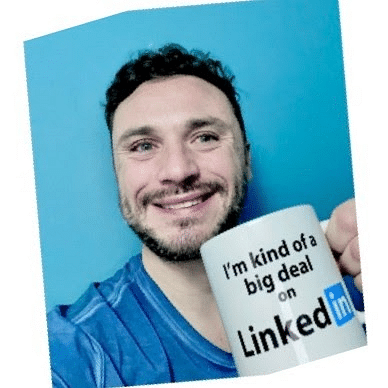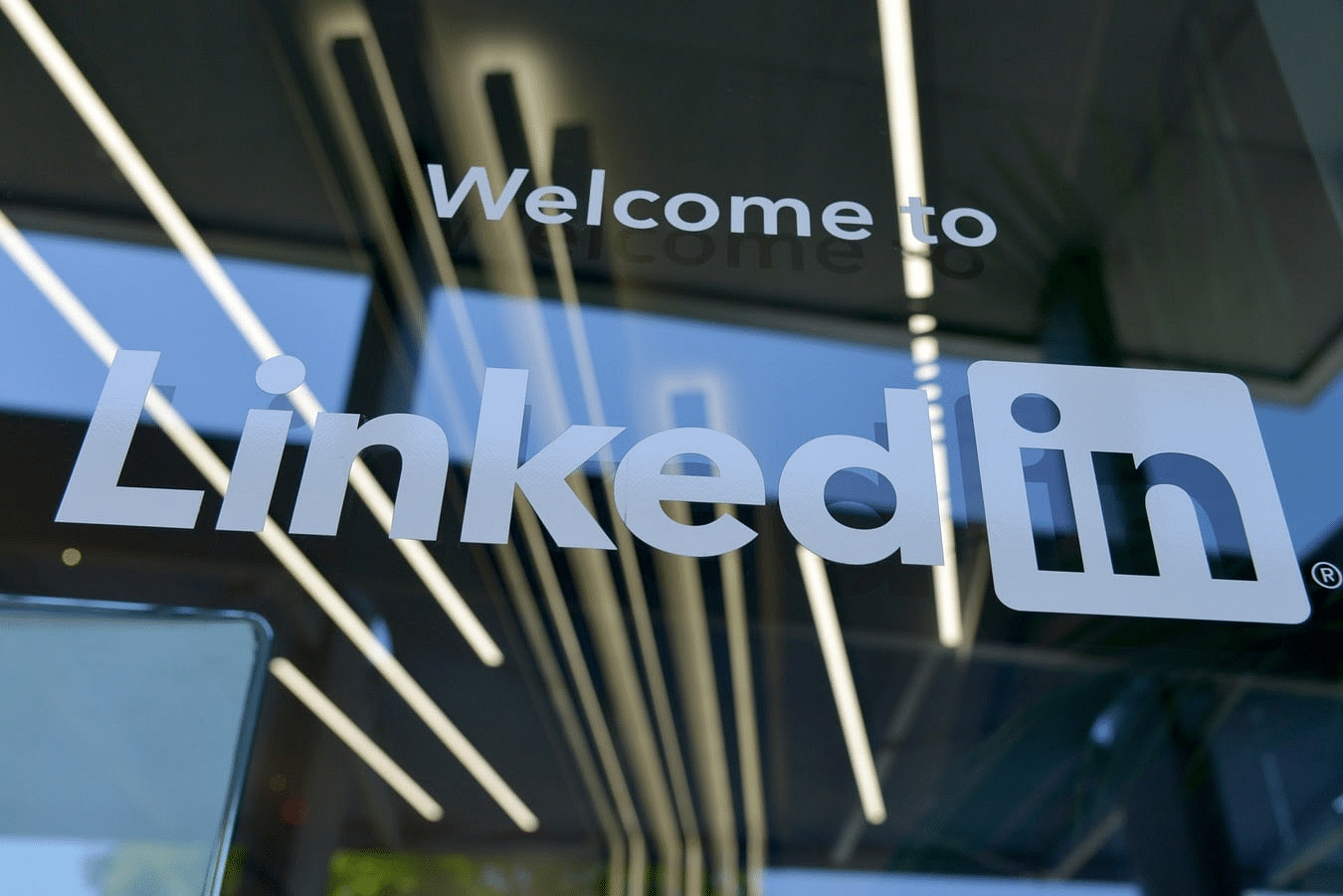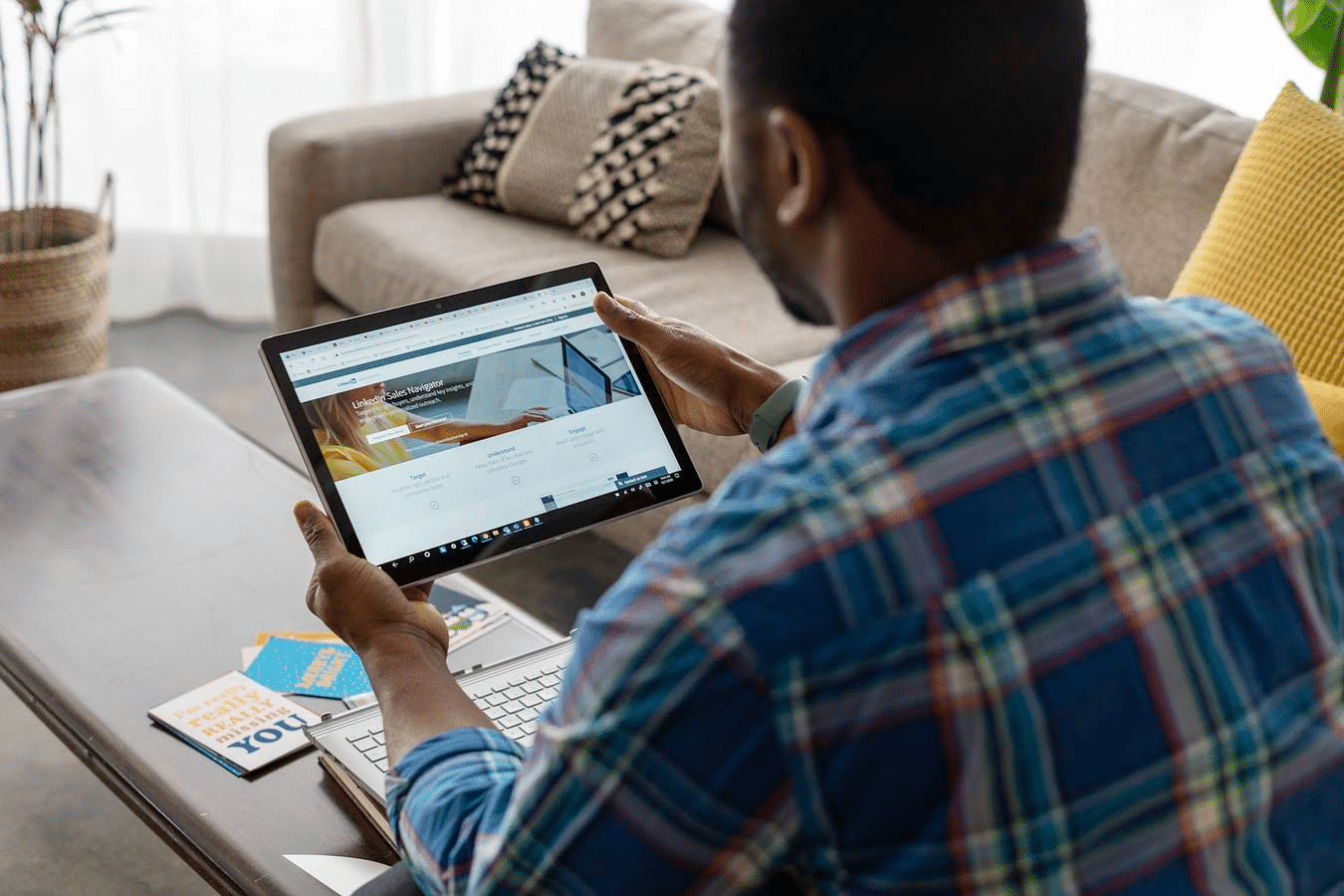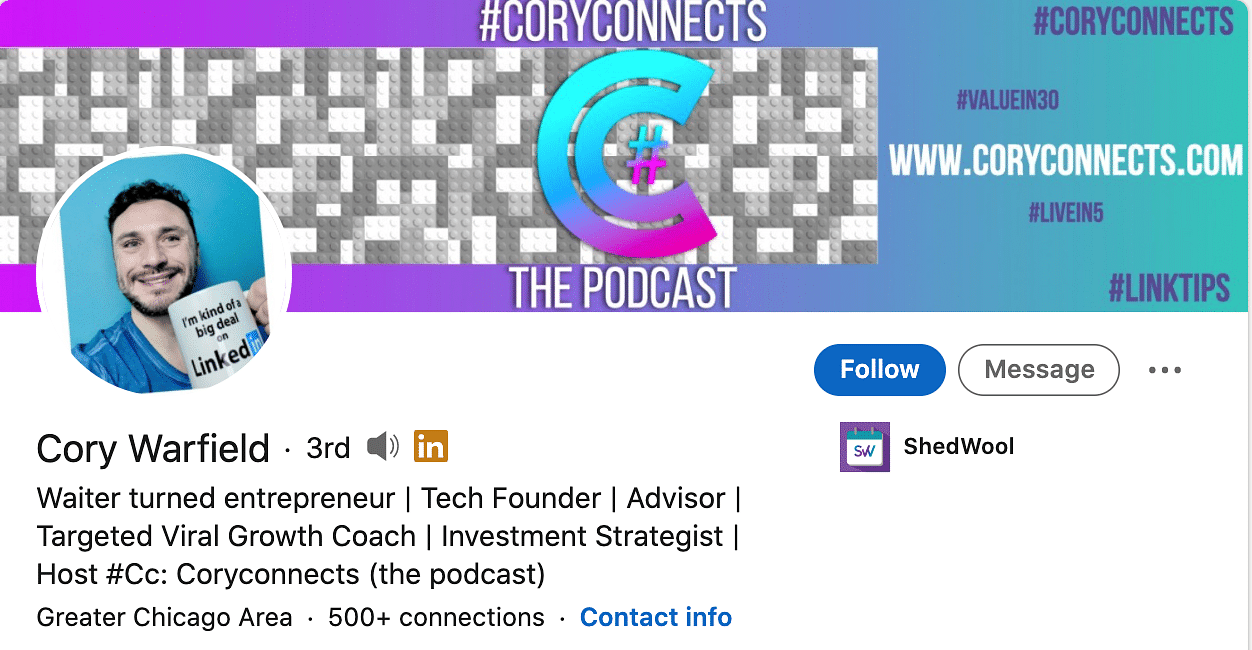
The Law of Reciprocity and how it can help you grow your business on LinkedIn, according to waiter-turned-entrepreneur Cory Warfield
By Jim James, Founder EASTWEST PR and Host of The UnNoticed Podcast.
Cory Warfield is a waiter-turned-tech entrepreneur. Now, he is also a LinkedIn influencer with around 280,000 followers — a milestone he was able to reach in under 36 months.
Image from Cory Warfield
He spent about 20 years of his adulthood working in different restaurants as a manager, waiter, and bartender. Out of his frustration with the erratic nature of his work’s schedule, he created a platform — a scheduling software, specifically — to help restaurants and their employees manage their work shifts better. Cory used LinkedIn to raise money, gather the team for this project, and promote the product.
Navigating LinkedIn
While Facebook is effective for socialising with family and friends, for Cory, LinkedIn is the platform that can best cater to his needs. When people started doing videos there, he followed suit even when nobody was watching them. He kept going and tested algorithms: When is the best time to post? Which time zones was his content resonating? Which hashtags are working?
When he started applying his learnings on his LinkedIn content, that’s when he started getting attention from people. Accolades, media exposure, and ultimately, customers and investors also came afterwards.
From Waiter to Entrepreneur
As a waiter, bartender, and restaurant manager, Cory has always been talking to strangers. The customers want to hear about his life, where he’s from, and what his plans are. He is used to putting himself out there and talking. Nonetheless, he was selling without really selling — because his customers are those who are already hungry and know what kind of food they want.
When he transitioned into being a tech entrepreneur, he used the same approach in handling social media. He put himself out there, but he also used the so-called blue ocean strategy. It’s a business and marketing strategy wherein you don’t go to where everybody else is.
Image from Unsplash
On LinkedIn, he started to post early in the morning and late at night. He also set himself apart from other entrepreneurs by not talking about entrepreneurship itself. He aimed to be different and have a unique selling proposition. And for his part, it was about working as shift workers. From there, he branched out so that more people could relate. He learned that what resonated on a bigger level are topics about job-seeking.
The Law of Reciprocity
Everybody thinks that what they put on LinkedIn is valuable. However, Cory begs to differ. In reality, nobody cares to learn which strategies worked for you or what are awards that you won. When using social media, especially LinkedIn, you have to apply the law of reciprocity: What you put out is what you get back.
Everyone on LinkedIn is trying to sell something and make money, in one way or another. People sell a product, their service, or their book. People emulate themselves as job-seekers who are fit for a certain job to make money. Therefore, if you want to resonate with people, you have to talk about how they can make money with what you’re sharing. Talk with your audience — don’t simply talk to them.
For instance, instead of simply telling that you’ve had an amazing career, gather people who have cracked the code and share it with it people around the world who need the code — freely and with no expectation. When you put it out there, people will start to notice you, go to your profile, and see your work without talking about it yourself. This is what the law of reciprocity is about.
Image from Unsplash
Understand that every platform has a specific purpose. On LinkedIn, people put out content to help people make money. Cory, whose friend is a co-founder of the said platform, shares that LinkedIn was created as an avenue where you can look people up, see what their careers are like, and who they are as a professional before you officially reach out to them. It wasn’t intended to be a social media platform.
Only a few people truly get what LinkedIn is about. But once you learn about it, you can easily replicate it, play with the algorithm, and give your audience what it is that they want on LinkedIn.
How to Get Your Audience’s Attention
Generally speaking, short videos and high-quality still images paired with an engaging question work well in capturing your audience’s attention.
Apart from the visual aspect, you also have to know about the importance of a LinkedIn headline — or what can be found underneath your name. Instead of simply stating your position at a certain company, use a headline that starts a conversation. It can be whatever, as long as it resonates with your audience.
By having a strategic headline, you can attract more people every time you engage and comment on posts. In Cory’s case, as he uses “Waiter-turned-Entrepreneur,” he gets to receive enquiries from people looking for a restaurant tech figure. And these are people who are exactly his ideal client.
Through using an apt and catchy headline, he gets clients for his coaching service — and investors for his various initiatives. Now that he is set to launch his own cryptocurrency, he also plans to use his LinkedIn headline to tell something about that.
Screengrab from LinkedIn
The law of reciprocity is also applicable if you want to reach more people and get more engagements for your posts. For instance, if you want to get 10 likes and a hundred views for your poster, you should scroll through a hundred posts on your newsfeed and like 10 of them. Once you intentionally engage more, people will start visiting your profile and look at your content. And when you engage more than the kind of engagement that you’re expecting to receive, it will come back to you more quickly and on a bigger scale.
On Remaining Authentic
Cory is all for having an authentic, personal relationship with his followers. This is why he does not use and recommend any tools. Algorithms and computer science can also pick up on patterned matching and automation, and penalise them eventually.
Cory emphasises that his personal brand is his asset and his currency — and that he has to be very guarded with that. Incorporating personal touch is also a far better way to grow your brand. While his service in Corry Connects involves sharing tips and tricks on how to use social media, it’s still up to his clients how they can personalise them for their business needs.
To learn more about Cory, check out www.coryconnects.com. He is also on the platform called InfluencerActive where he offers influencer marketing services to solopreneurs and startups. He is also a managing director with the Founder Institute, a global entity that helps startups and companies launch.
When you use LinkedIn, let the law of reciprocity be your guiding light. Be willing to give, share, and serve because to some degree, all of it will find its way back to you.
This article is based on a transcript from my Podcast The UnNoticed, you can listen here.
Cover photo by Pixabay on Pexels.





